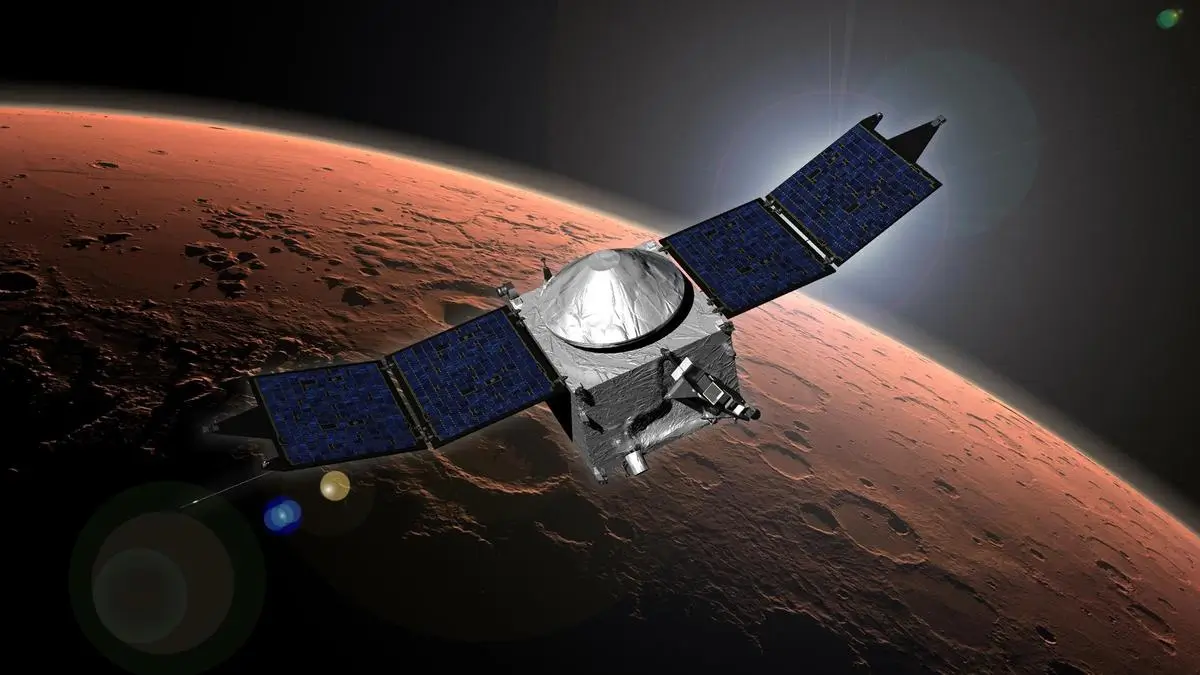Chandrayaan-3: India’s Next Mission to the Moon
India’s space exploration program has been making remarkable strides in recent years, and the upcoming Chandrayaan-3 mission is poised to further cement the country’s position in the field of lunar exploration. Building upon the success of its predecessors, Chandrayaan-1 and Chandrayaan-2, this new mission holds great significance for both the scientific community and aspiring government job aspirants, particularly those preparing for competitive exams in various sectors such as teaching, police services, banking, railways, defense, and civil services.

Why this News is Important:
Advancing India’s Space Ambitions: Chandrayaan-3 is crucial in furthering India’s ambitions in space exploration. By attempting a soft landing on the Moon, India aims to join the exclusive club of countries that have achieved this feat, demonstrating technological prowess and contributing to scientific knowledge about our celestial neighbor.
Enhancing Scientific Understanding: The mission will carry advanced scientific instruments to study the lunar surface, collect data, and analyze the Moon’s geology, mineralogy, and exosphere. These findings will help scientists gain deeper insights into the origin and evolution of the Moon, as well as its potential resources.
Boosting National Pride: Chandrayaan-3 is a source of immense pride for the country, highlighting India’s technological advancements and its ability to undertake challenging space missions. It inspires young minds, particularly those preparing for government exams, to pursue careers in science, technology, and research.
Historical Context:
The Indian Space Research Organisation (ISRO) launched the first Chandrayaan mission, Chandrayaan-1, in 2008. It successfully placed an impact probe on the lunar surface and provided valuable data about the Moon’s topography and mineral composition. Building on this success, ISRO launched Chandrayaan-2 in 2019, aiming to land a rover on the Moon’s surface. Although the lander Vikram experienced a hard landing, the orbiter component of the mission continues to function and has been providing valuable scientific data. Chandrayaan-3 is the next step in India’s lunar exploration program and represents a renewed effort to achieve a soft landing on the Moon.
Key Takeaways from “Chandrayaan-3: India’s Next Mission to the Moon”:
| Serial Number | Key Takeaway |
|---|---|
| 1. | Chandrayaan-3 is India’s upcoming lunar mission, following the successes of Chandrayaan-1 and Chandrayaan-2. |
| 2. | The mission aims to achieve a soft landing on the Moon, contributing to India’s space exploration ambitions. |
| 3. | Chandrayaan-3 will carry advanced scientific instruments to study the lunar surface, enhancing our understanding of the Moon’s geology and resources. |
| 4. | The mission serves as a source of national pride, inspiring young minds to pursue careers in science and technology. |
| 5. | India’s space program has significant economic and technological benefits, fostering innovation and creating high-skilled job opportunities. |
Important FAQs for Students from this News
What is Chandrayaan-3?
Chandrayaan-3 is India’s upcoming lunar mission, which aims to achieve a soft landing on the Moon’s surface.
How is Chandrayaan-3 different from Chandrayaan-1 and Chandrayaan-2?
Chandrayaan-3 follows the successes of Chandrayaan-1 and Chandrayaan-2 but focuses specifically on achieving a soft landing on the Moon. Chandrayaan-1 was an orbiter mission, while Chandrayaan-2 included an orbiter, lander, and rover components.
What are the objectives of Chandrayaan-3?
The primary objectives of Chandrayaan-3 are to study the lunar surface, analyze the Moon’s geology and mineralogy, and gather data to enhance our understanding of the Moon’s origin and evolution.
When is Chandrayaan-3 expected to launch?
The exact launch date of Chandrayaan-3 has not been announced yet. However, it is expected to take place in the near future, following the necessary preparations and tests.
What are the potential benefits of Chandrayaan-3?
Chandrayaan-3 has several benefits, including advancing India’s space exploration capabilities, fostering scientific research, inspiring the younger generation, creating technological advancements, and generating economic opportunities.
Some Important Current Affairs Links

















